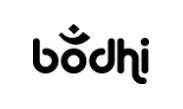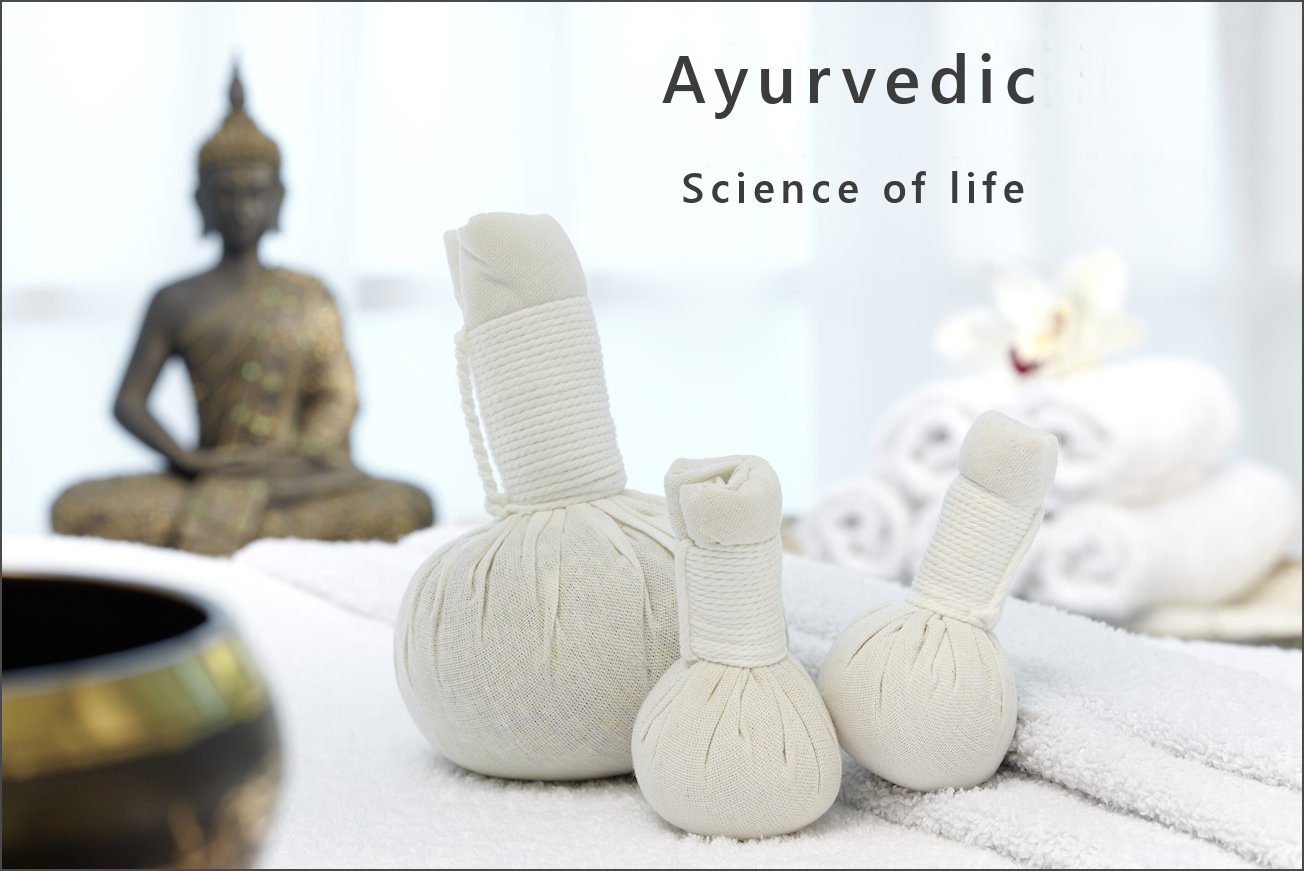Blog
-
3 NovRead more »
At the heart of India's healthcare system, a remarkable evolution has taken place since 2014 with the establishment of the Ministry of Ayurveda, Yoga and Naturopathy, Unani, Siddha, Sowa Rigpa and Homoeopathy (AYUSH). This ministry is responsible for promoting and developing traditional Indian medicine, including Ayurveda and Yoga. But also Naturopathy, Unani and Homeopathy are seen here as serious treatment methods.
The Ministry substantiates this mainly by the fact that traditional Indian Medicine has a longer and higher experiential value than regular medicine, but does not reject it either. Ayurveda is one of the oldest documented health systems, which goes back more than 5000 years. Homeopathy has been practiced in India for about 100 years. A conscious decision was made to bring together Ayurveda, Yoga and Naturopathy, Unani, Siddha, Sowa Rigpa and Homoeopathy. The different healing methods are mainly linked to the geographical location, preferences of the population itself
-
23 AugRead more »
Children grow up in a busy world full of stimuli, performance pressure and constant distractions. In this hectic environment, it's more important than ever to teach children how to find inner peace and connect with themselves. A great way to achieve this is through children's meditation. This practice, which has gained popularity in recent years, provides children with valuable tools to thrive in a demanding world.
The Importance of Children's Meditation
Children experience stress, anxiety, and overstimulation in ways that are sometimes difficult for adults to understand. They may have difficulty expressing and understanding their emotions, which can lead to frustration and behavioral problems. This is where children's meditation comes in as a valuable tool. Meditation is no longer reserved for adults seeking inner peace. It can be equally effective for children, if approached in an adapted and playful way. Children's meditation helps children:
-Develop emotional
-
4 AugRead more »
Nasal irrigation using a Neti Pot is an age-old practice that has its origins in Ayurvedic medicine. Although it is becoming increasingly popular in the West, there are still many people who are not familiar with this effective method of promoting nasal health. In this article we will explore the Neti Pot, its history, benefits, proper use and its possible risks. A Neti Pot is a small pitcher-like instrument, usually made of ceramic, plastic or stainless steel, designed to rinse the nose with a saltwater solution. It is used to clean the nasal passages and remove allergens, bacteria, dust and excess mucus. The name "Neti" is derived from the Sanskrit word "Nasal Etiquette," which refers to cleaning the nose. The use of the Neti Pot has a long history and originated in ancient India, Ayurveda considers cleansing the nasal passages as an essential practice to maintain good health. The Neti Pot
-
12 AprRead more »

What does a yoga bolster serve for and what are the differences? Read more about what types of yoga stands there are and what types of yoga bolster are used for..
-
16 MarRead more »
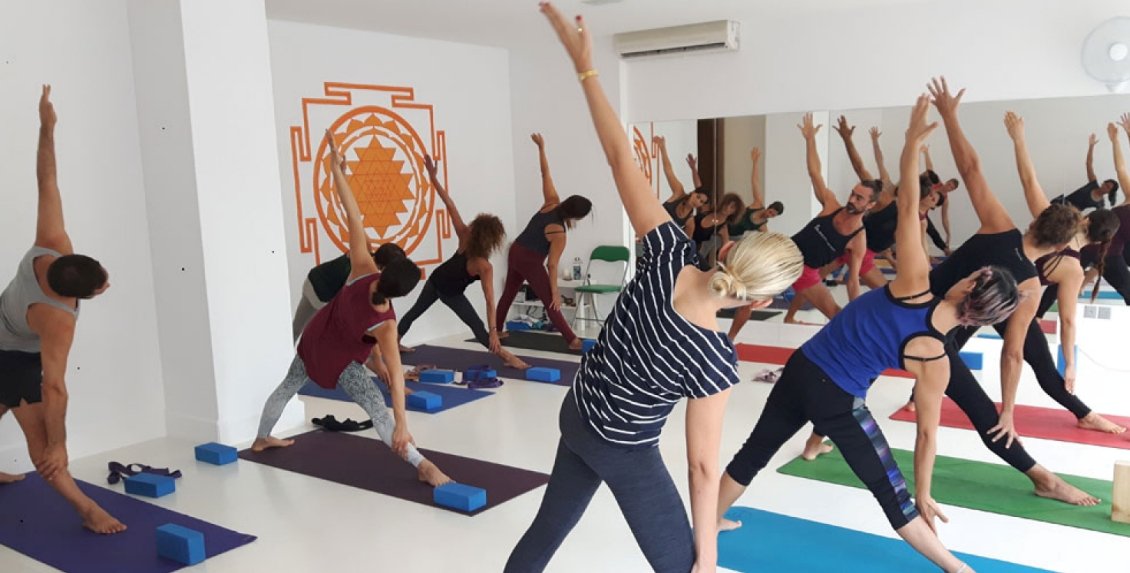
If you are not yet familiar with Iyengar Yoga and want to know more, read on. This article explains Iyengar Yoga, which props are used, and what you can expect from an Iyengar yoga class.
-
2 FebRead more »
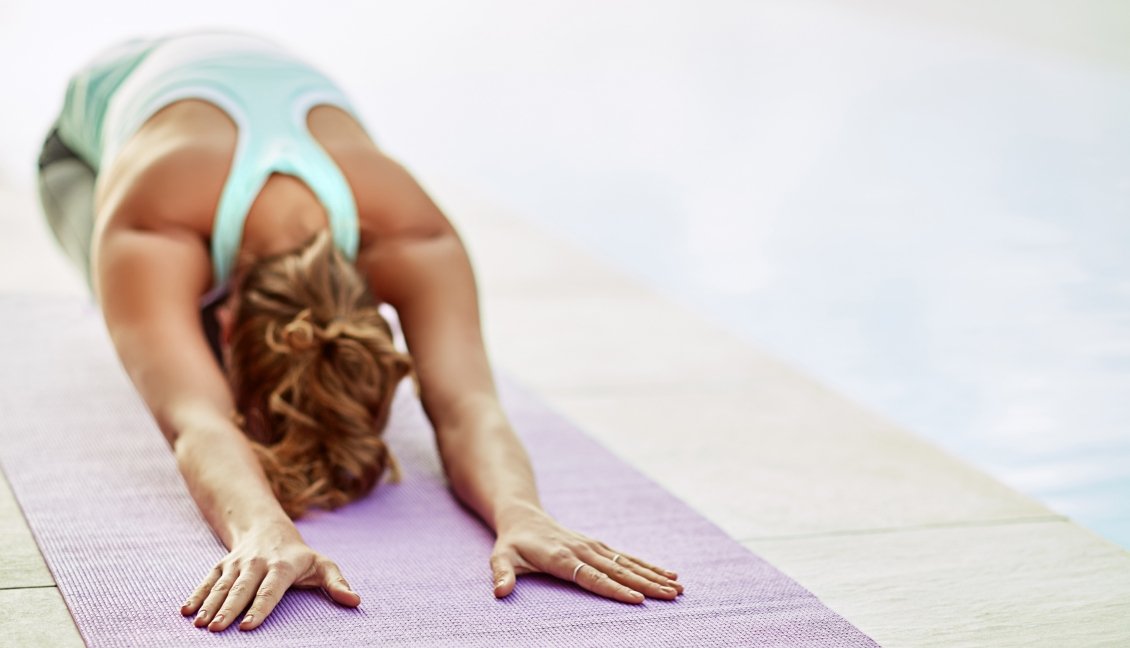
Many people who want to purchase their own yoga mat wonder what exactly is a good yoga mat. In this blog important aspects are explained that can be decisive when choosing the right yoga mat.
-
12 NovRead more »
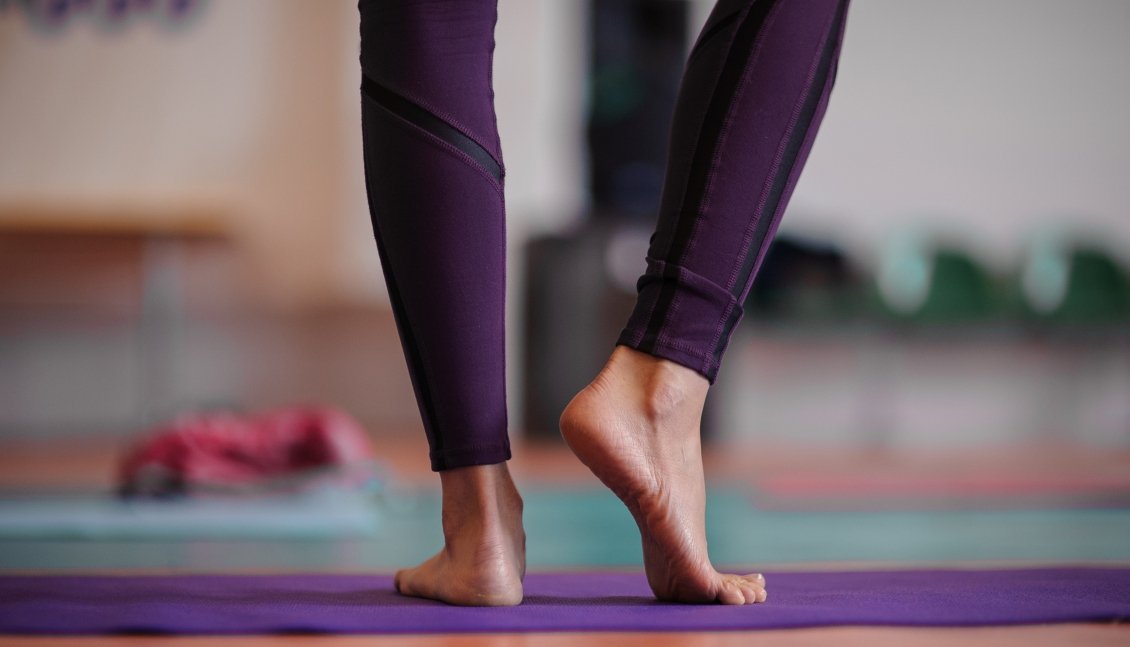
Attention to the welfare of people and the environment fits the yoga lifestyle. In this blog you will read more about the advantages of eco yoga mats, and of which materials environmentally friendly yoga mats are made..
-
19 JanRead more »
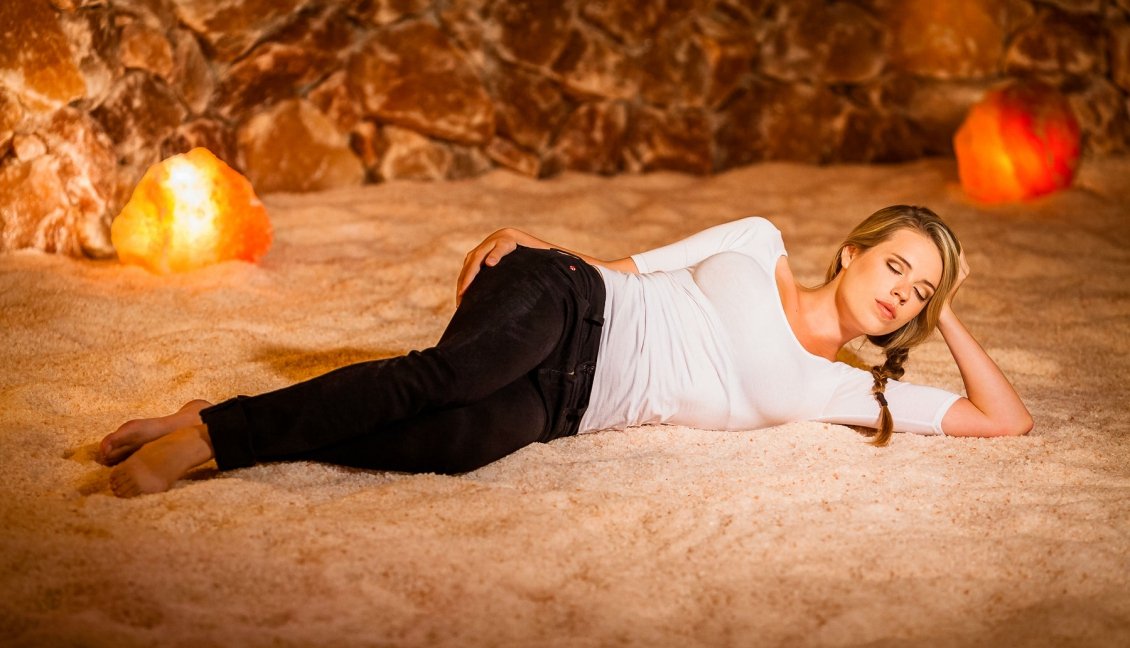
Himalayan salt lamps offer many health and living benefits. They are very beneficial in a yoga studio or meditation room, or just at home. Salt lamps invite and create a warm, relaxed atmosphere. Discover what a salt lamp can do for you.

 French
French German
German Nederlands
Nederlands

